#Imperial Saint
Explore tagged Tumblr posts
Text



Vajra Chandrasekera is a Locus and Nebula award-winner and has been short-listed for a Hugo Award this year. You can find his Tumblr here: @adamantine and his twitter here: @_vajra
#capitalism#ableism#sexism#anti blackness#colonialism#racism#colonial capitalism#colonial violence#imperialism#poverty#global south#elitism#classism#western imperialism#colonization#gaza writes back#vajra chandrasekera#saint of bright doors#rakesfall#science fiction#genius#art#writing#literature#social justice#individualism#twitter thread#knee of huss#inequality#misogyny
5K notes
·
View notes
Text

Nikolaevsky palace, Saint. Petersburg, Russia,
Designed by Andreas Stackensneider
#art#design#architecture#history#luxury lifestyle#style#luxury house#luxury home#palace#grand staircase#tzar#imperial#saint petersburg#russia#stairs#nilolaevsky palace
237 notes
·
View notes
Text



Battles
by Nemanja Malidža
Saint Sabbat vs Magister Innokenti / Loxatl Battle / Imperial Guard vs Chaos Forces
#imperium#chaos#other xenos#battle#imperial guard#cultists#living saint#tanith#vehicle#warhammer#warhammer 40k#warhammer 40000#40k#nemanja malidza#monochrome
298 notes
·
View notes
Text





These are all the Imperial Staint stained glass windows from this illustration.
From top left to right: Imperator Divinitatus, St Celestine, St Alicia Dominica, St Euphrati and St Gerstahl
104 notes
·
View notes
Note
do you know where the first few of the romanovs resided before all of the palaces were built and if so, are any of them remaining? do we know what they look like?
I'm afraid very little from the earliest days of the Romanov dynasty had survived the ravages of time. By the time of Nicholas II, many early residences had already been either destroyed or replaced by the modern and elegant palaces we see today. Here's a few that survived.
The Cabin of Peter the Great May 1703
Built during the founding of the city of Saint Petersburg, the log cabin was the first St. Petersburg "palace" of Tsar Peter the Great. The small wooden house was constructed in just three days, by soldiers of the Semyonovskiy Regiment.
At that time, the new St. Petersburg was described as "a heap of villages linked together, like some plantation in the West Indies".
The Cabin was boarded up and camouflaged during the Second World War. It was the first St. Petersburg museum to reopen in September 1944, after the end of the Siege of Leningrad.
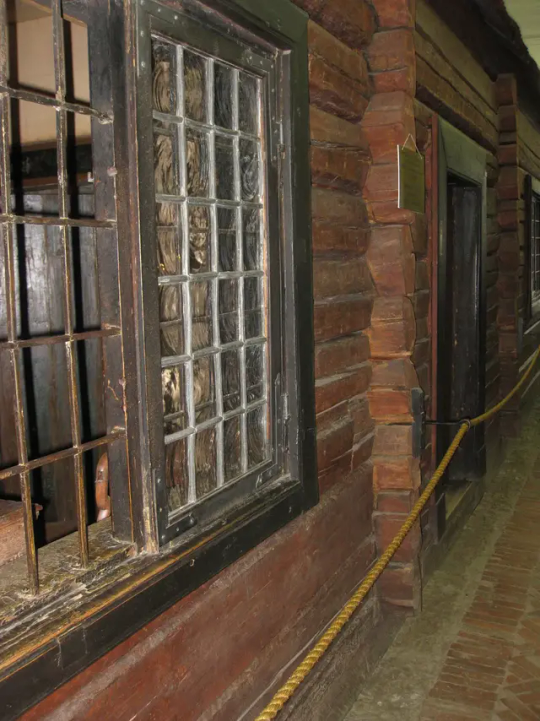
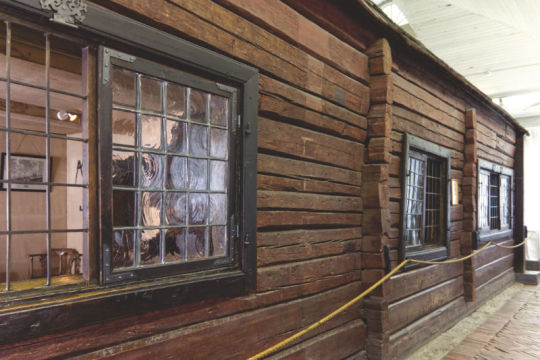

This cabin must have appeared as a huge downgrade after the wooden palace of Tsar Alexei!
The Wooden Palace of Tsar Alexei Romanov 1667
The recreation of an authentic mid-17th century Romanov residence was built recently in 2010. The Palace of Tsar Alexei Mikhailovich, also known as the Wooden Palace of Tsar Alexei, is a large wooden palace in Kolomenskoye, near Moscow, Russia.
The original was built in 1667 without using any fasten materials, nails or hooks. The wooden palace, famed for its fanciful, fairytale roofs, was a summer residence for Russian tsars before St. Petersburg was constructed.
The palace was divided into male and female halves, with the Tsar and Tsarevitches towers and chambers in the male half and the Tsarina's towers in the female half.
The palace's interior featured rich decorations, including carving, painting, gilding, and ceramic tiles, as well as rectangular and round stoves, weathercocks, and windows and porches.
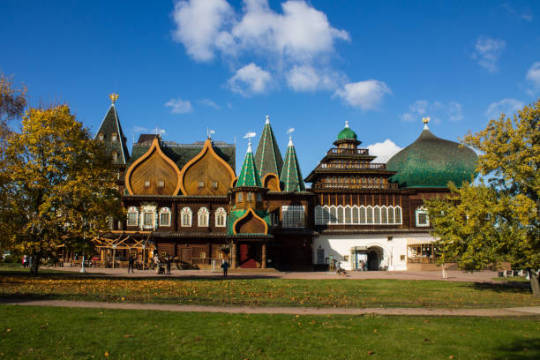


Foreigners referred to this huge maze of intricate corridors and 250 rooms, as 'an Eighth Wonder of the World'. Although basically only a summer palace, it was the favorite residence of Tsar Alexei I.
The future Empress Elizabeth Petrovna was born in the palace in 1709, and Tsar Peter the Great spent part of his youth here.
Upon the departure of the court for the swamps of St. Petersburg, the palace fell into disrepair, so that Catherine the Great refused to make it her Moscow residence. On her orders the wooden palace was demolished in 1768, but thankfully, the detailed plans of the palace had survived.
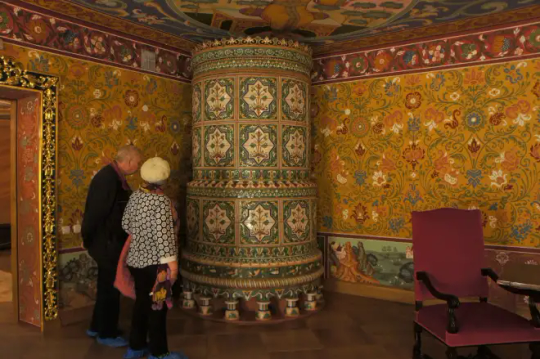
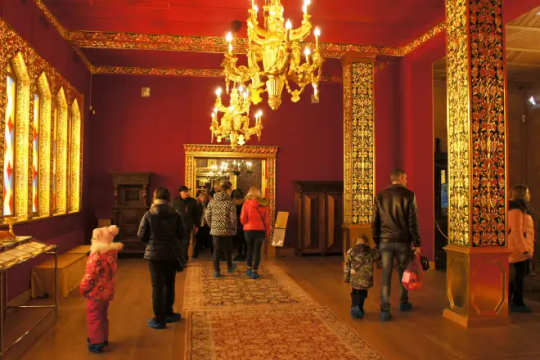
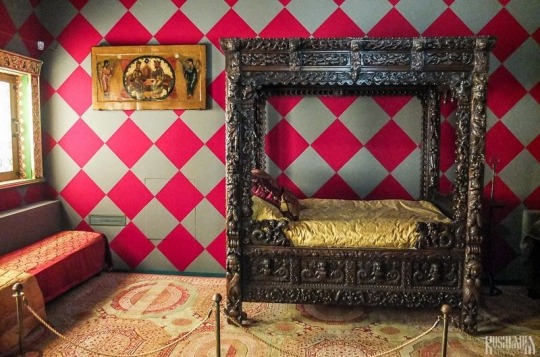
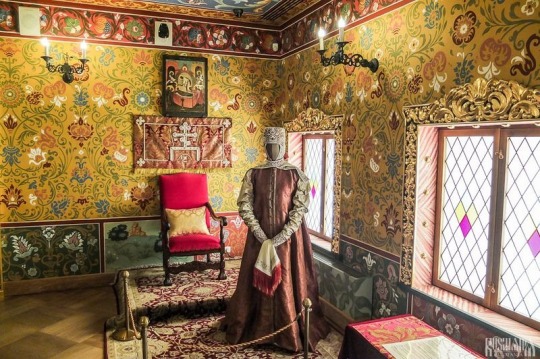
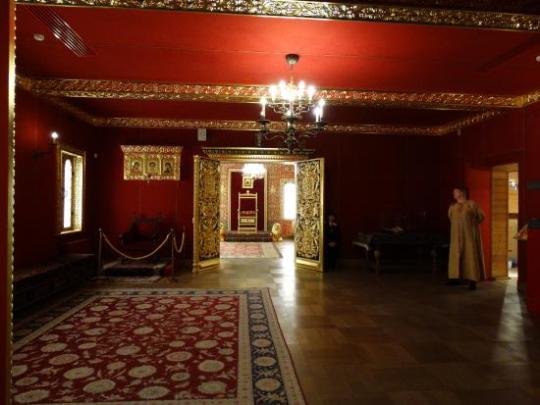
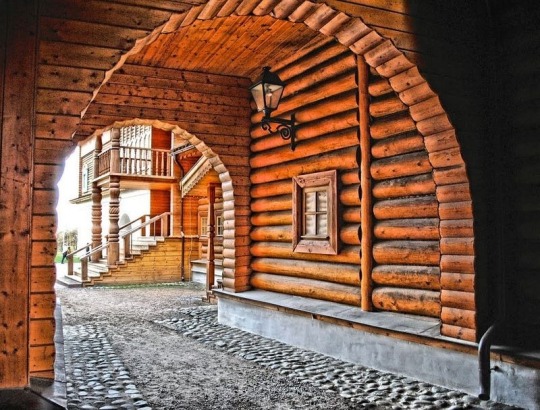
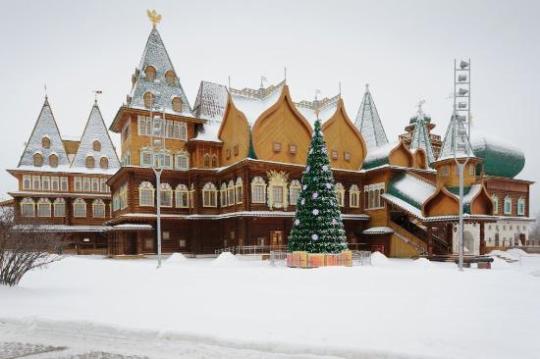
Summer Palace of Peter the Great
1714
One of the earliest imperial residences I can think of that still exists today is the modest Summer Palace of Peter the Great, which is located on an island near the Peter and Paul Fortress, the burial place of the Romanovs.
The palace was built between 1710 and 1714, a few years before the proclamation of the Russian Empire. By the time of Tsar Nicholas II's reign at the end of the 19th century, it became vacant.
During the Second World War, both the Summer Palace and Summer Gardens were badly damaged by a German bombing raid. The building was repaired, however, and the layout remains unchanged from the original.
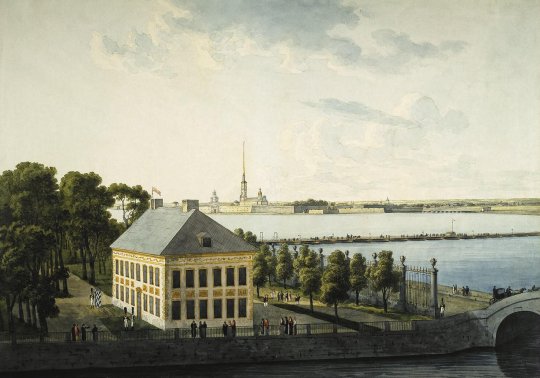
Above: The palace as depicted in 1809. Below: The residence today.
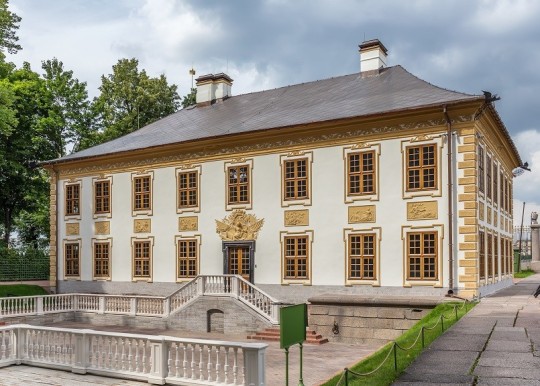
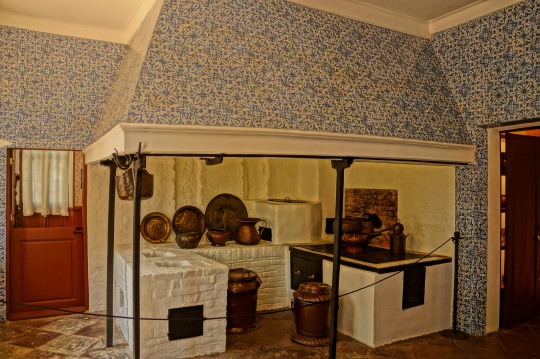
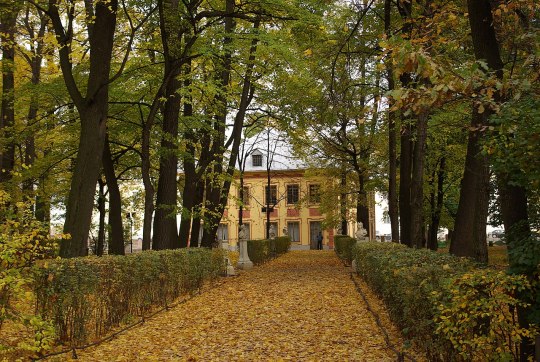
Monplaisir Palace in Peterhof 1714-1716
There is another residence owned by Peter the Great that is still standing today. And that is the Monplaisir Palace in Peterhof.
The following painting depicts the formidable Tsar and his son and heir Tsarevich Alexei Petrovich, who has been accused of preparing to seize power, in the interior of the Monplaisir Palace. Before pronouncing sentence, Peter I gazes into his son's eyes, still hoping to discern signs of remorse.

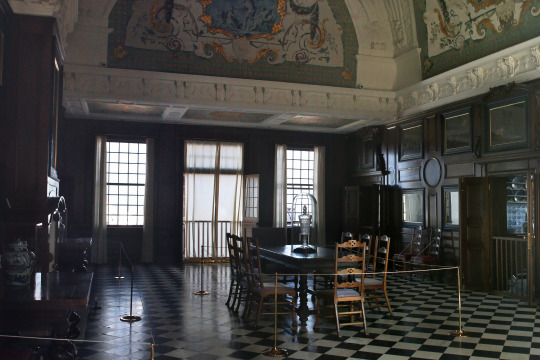
Above: The Parade Hall of Monplaisir Palace today.
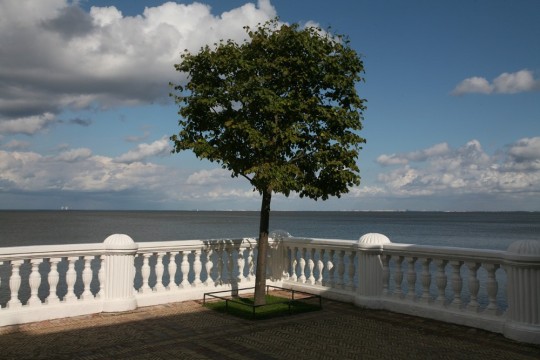
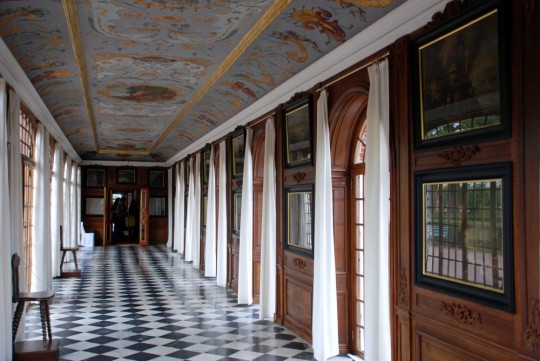

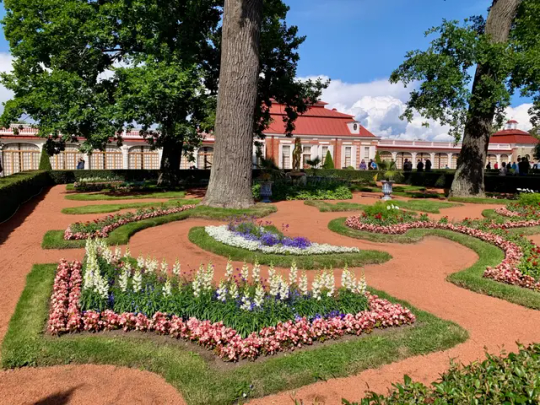
#romanov#romanovs#palace#palaces#history#russian culture#russian history#royal history#imperial russia#moscow#saint petersburg#peterhof#russian imperial family#ask
42 notes
·
View notes
Text
St. Dositheos the Recluse of Kiev
The patron saint assigned (non-canonical lol) for @princess-stefan-3cy is St. Dositheos.
St. Dositheos was a woman named Daria who was given a male's name during her monastic tonsure because she pretended to be a man in order to hide from her parents who wanted her to get married.
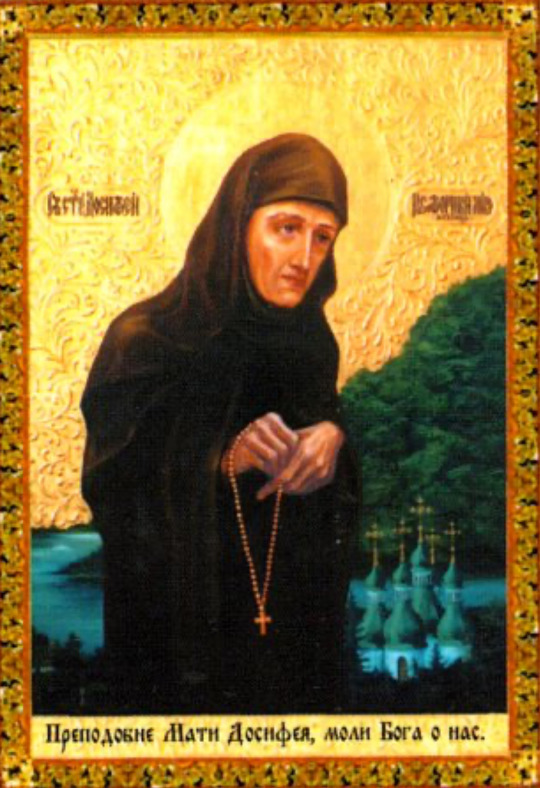
There was a noble family in the province of Riazan who had a daughter named Daria. When Daria was two years old, she visited her grandmother, Porphyria, in the Monastery of the Ascension in Moscow. Daria ended up staying in the monastery with her grandmother for seven years, until 1730, during which time she fell in love with the monastic way of life of asceticism and prayer.
When she returned home with her parents, they tried to educate her on the noble and high-status way of life, but her parents were constantly disappointed when they witnessed her interacting with beggars and wearing similar clothes to them. Daria would invite beggars into their home to feed and clothe them. To avoid her parents' lavish parties, she would seclude herself in her room.
This way of life for her lasted until she was 15 years old when her parents decided that she was old enough to get married. She realized her parents' intentions so she ran away from home, bought peasant clothing, cut off all her hair, and called herself the serf Dositheos.
Eventually she went to the Kiev Caves Lavra, far away from home, where she became well known as a man with great virtues and life-giving counsels. She hid in a cave and talked to people through a small hole in her door so that nobody would see her beardless face and reveal her identity as a woman.
She was officially tonsured by the request of Empress Elizabeth Petrovna who would visit her for her counsels. At some point, there was a young man named Prochoros who visited Saint Dositheos to receive her advice since he wanted to become a monk! She told him to go to Sarov to live in obedience to the abbott there, and behold, Prochoros was eventually tonsured, and himself became a saint.
Prochoros who received the blessing to become a monk from St. Dositheos became the beloved Saint Seraphim of Sarov!
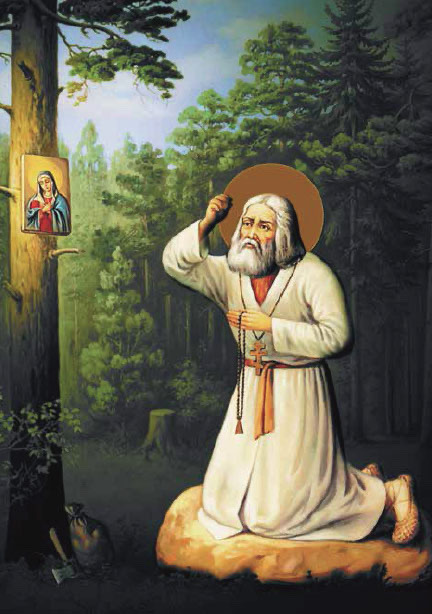
By imperial decree, Dositheos eventually had to leave his cave and he wandered the streets of Kiev, acting as a fool-for-Christ.
Dositheos performed many miracles, saving many families in Kiev from the plague which ravaged the city in September 1770.
In 1776, September 26, Dositheos reposed, leaving a note to her fellow monks to give her a monk's burial without tampering with her body, without cleaning or changing her clothes. (The custom is to wrap a monk's body in a rug and bury him without a coffin.)

One day, Dositheos's sister visited Kiev and found out that monk Dositheos who had once given her counsel had reposed, and when she went to the funeral service, she recognized the face of the monastic who was about to be buried and confirmed that Monk Dositheos of Kiev was her long-lost sister Daria who had disappeared from the noble Tiapkin family in the Riazan province!
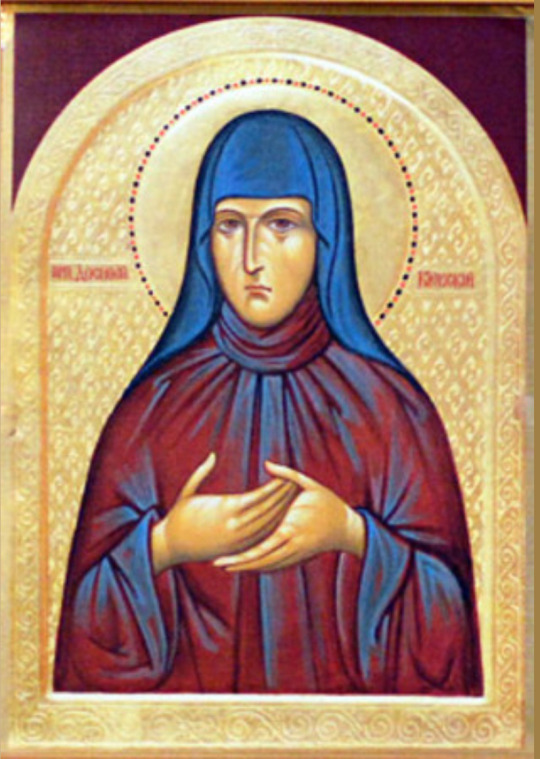
Saint Dositheos the Recluse of the Kiev Caves, please intercede on our behalf before Christ our God that he may forgive us our many sins!
#patron saint requests#orthodox christianity#orthodoxy#eastern orthodoxy#christianity#eastern orthodox#orthodox#orthodox church#kiev#ukraine#ukranian#ukrajina#lavra of the kiev caves#imperial russia
29 notes
·
View notes
Text


Saint-Petersburg, Russia, summer 2022
Camera Nikon D300, Lense Nikkor 50/1.8
#photo#photography#digital photography#original photography#photographers on tumblr#nikon#nikonpictures#nikonphotography#Raw Photo Processor#RPP#pixelmator#Russia#Saint-Petersburg#SPb#city#urban#street#architecture#russian architecture#saint-petersburg architecture#spb architecture#soviet architecture#panel architecture#Russian Cities#old architecture#imperial architecture
13 notes
·
View notes
Text
Something in 40k which I find interesting, very funny, and also both realistic but a really weird worlbuilding choice for a setting that is meant to be at least somewhat satirical is that the Imperial Cult of the Imperium of Man is in many ways more tolerant of heterodoxy than the real world Catholic Church
#40k#warhammer 40k#imperial cult#imperial creed#ecclesiarchy#this is mainly only on paper#but you also see it in practice#the only non-negotiable requirements to be in line with the imperial creed are following three basic rules#monotheistic emperor worship#human supremacism#and obedience to the state#other than that what you can and cannot get away with largely depends on what mood your local religious leader is in#missionaries generally find it easier to just syncretise the god emperor and is saints with local gods#and dissuade traditons like cannibalism by replacing them with things like ritual consumption of totemic animals#meanwhile irl the catholic church loses their shit over folk saints#of course 40k priests can and will declare something heresy if they think its convenient#also another funny thing is that sebastian thor in many ways did something that martin luthor failed to#reform the church without triggering a schism
21 notes
·
View notes
Text

Tsarskoye Selo, Russian Imperial Residence in Saint Petersburg, RUSSIA
#tsarskoye selo#russian#imperial#residence#residencia#ruso#saint petersburg#san petersburgo#russia#rusia#europe#europa
56 notes
·
View notes
Text
Masterlist
(Better do this as early as I can because if not I will forget and never do it once the amount grows)
40K
-Roboute Guilliman x Ovidius Sulla (M!OC):
When I Say So (nsfw). Tumblr
Pig (nsfw). Tumblr
The interview. Tumblr
Follow me. Tumblr
Wheel of fortune [Part1]
-Lion El'Jonson x Elric Habermas (M!OC):
I Wish I Had and Angel: [Ch1]
Not this time (nsfw) Tumblr
- F!Jaghatai Khan x Various (M!&F!OCs):
First wife (mild nsfw). Tumblr
-The Viridian Phantoms (OC Space Marine Chapter)
Codex (general information). Tumblr
-->Other people's Phantoms OCs:
Ritual [Tumblr]
Helmet [Tumblr]
Hair [Tumblr]
Demetrian Titus x Mu-Oragon (NB!OC)
Compliance (nsfw) [Tumblr]
-General:
Headcanons and Memes. [x] [x] [x] [x] [x] [x]
-Fic Collabs:
Fire and Blood [Part 1] [Part2] [part3] [part4] [Part 5]
-My OCs written by other people:
Hunger Tumblr
Blessed Be the Forgotten [Part 1] [part2]
Shatter Tumblr
The Guest Tumblr
Saint Seiya
-Athena x Hades :
My Right Alone: AO3
#fanfic#warhamer 40000#my writting#roboute guilliman#roboute guilliman x male!oc#smut#romance#saint seiya#athena x hades#primarch#lion'el jonson#dark angels#imperial guard#tyranids#jaghatai khan x f!oc#female primarch#female oc#jaghatai khan#written#ao3#ao3 writer#archive of our own#guilliman#The Lion#my writing#viridian phantoms#titus#demetrian titus
9 notes
·
View notes
Text

Saint Sabbat
Artist Unknown
#imperium#cult imperialis#living saint#imperial guard#tanith#animal#bird#bionics#unknown artist#40k#sabbat worlds crusade
27 notes
·
View notes
Text

The All-Saints Inn
The Temple District's iconic gastropub
Starters
Battered pink oyster mushroom chips, with spicy chorizo marinara
Horse carpaccio, with jazbay grape and roasted pepper jelly
Butternut squash arancini, with buffalo mozzarella filling
Polenta, rosemary, and pecorino wedges, with creamy four-cheese dip
Mains
Pan-fried sweet potato gnocchi, with brown butter sauce, pine nuts, and shaved pecorino
Venison osso buco, with mushroom risotto
Colovian salmon and slaughterfish pierogi, with sour cream and crispy fried onions
Stuffed duck breast, with orange brandy sauce and smoky clove jus
Dessert
Jumbo white chocolate cookie, served warm with cranberry jelly or dark chocolate gelato
Cinnamon apple pie, with spiced cognac and Jerall maple syrup custard
Nirn's Best cake, made with meringue-topped sponge, whipped cream, amaretto custard, and sliced almonds
Blackwood lime pie, with whipped vanilla bean cream
#Menu#Fantasy menu#Food#Writing#Imperial City#cyrodiil#Oblivion#Tes#the elder scrolls#The All-Saints Inn
145 notes
·
View notes
Photo
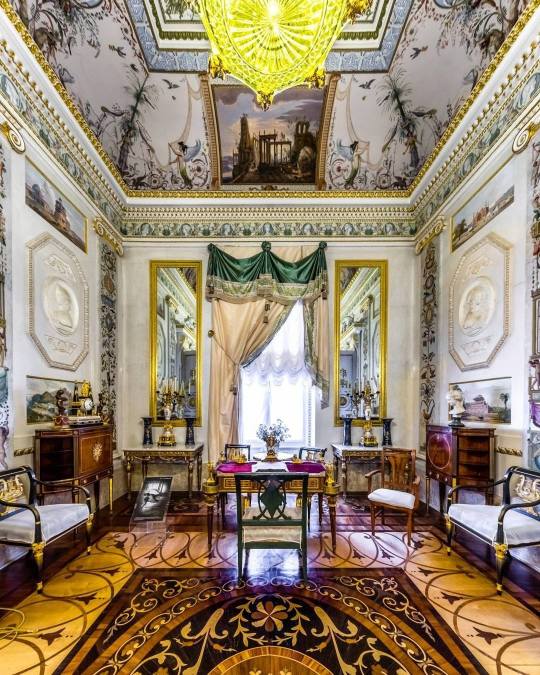
Pavlovsk Palace, Saint Petersburg, Russia
#art#design#interiors#interiordesign#palace#russia#pavlovsk palace#saint petersburg#tsar#imperial#luxury house#luxury home#luxurylifestyle#style#history
347 notes
·
View notes
Text

U.S. Army UH-60A Black Hawk helicopters flying over Carriacou shortly after the criminal United States invasion of Grenada of October 25, 1983. Photographer: Abbas Attar (1944–2018)
#Abbas Attar#1983#Grenada#invasion#Abbas#United States#M60D#UH-60#Sikorsky#helicopter#war#imperialism#machine gun#island#tropics#Paradise Beach#Mount Saint Louis#Argyle#Magnum Photos#Hillsborough Bay#Urgent Fury#Caribbean
28 notes
·
View notes
Text

Javier (commission) © Iván García. Digital art. Message me for comissions. Now you can get all my prints at https://ivangshop.etsy.com My sites site - etsy- facebook - tumblr - instagram
#iván garcía#illustration#star wars#stargate#batman#xmen#scfiart#saint seiya#cats#tomb raider#assassin's creed#nobility#lord#imperial#spectra#commission
49 notes
·
View notes
Text
“Oh why did Hudson Lowe have so many security measures? Napoleon never escapes from Saint Helena!” has the same energy as “why do we need to pay tech support? Our computers never get viruses!”
#I am being facetious if you come at me I will cry#Hudson Lowe#napoleon#Saint Helena#I agree that napoleon receiving a book with an imperial crown on it is not going to facilitate an escape…but what if tho what if
15 notes
·
View notes